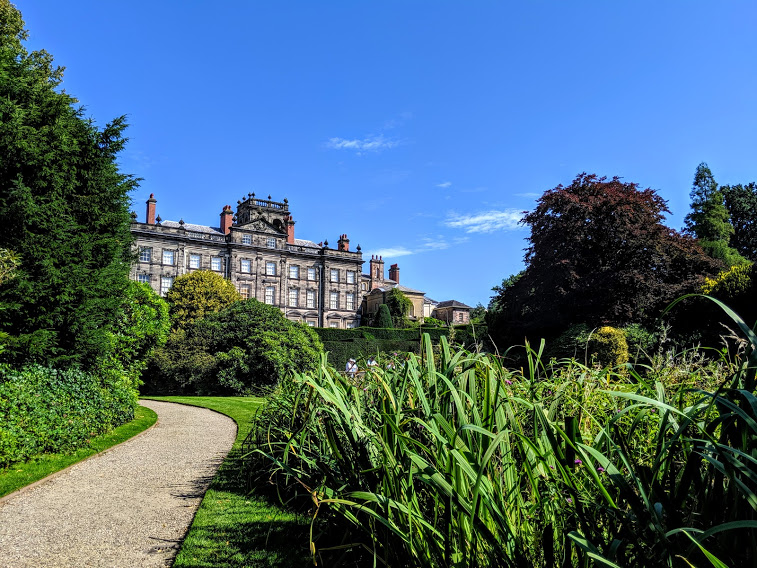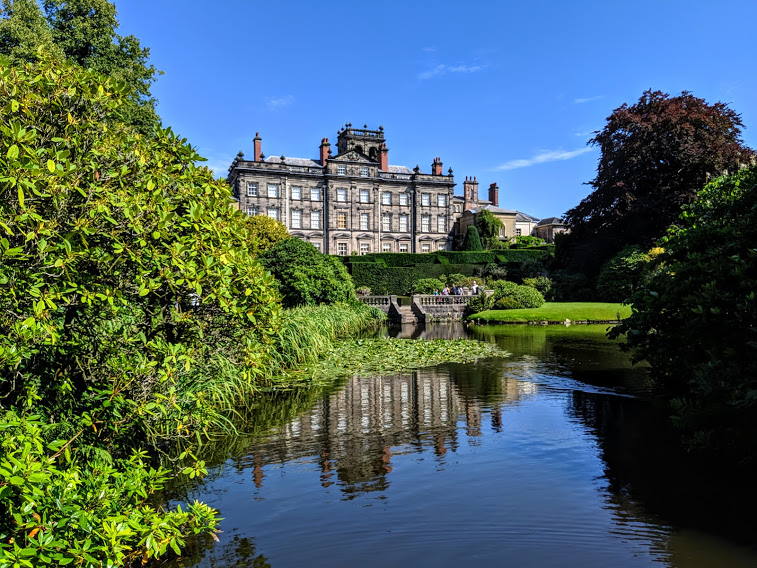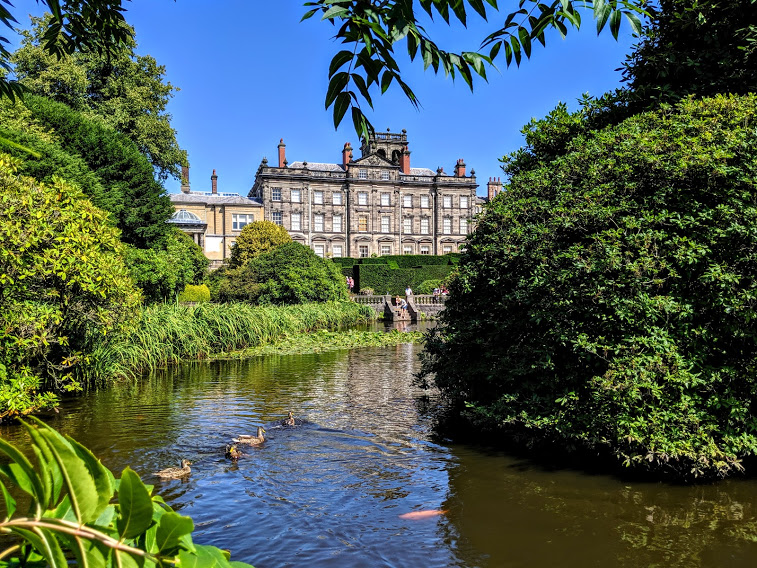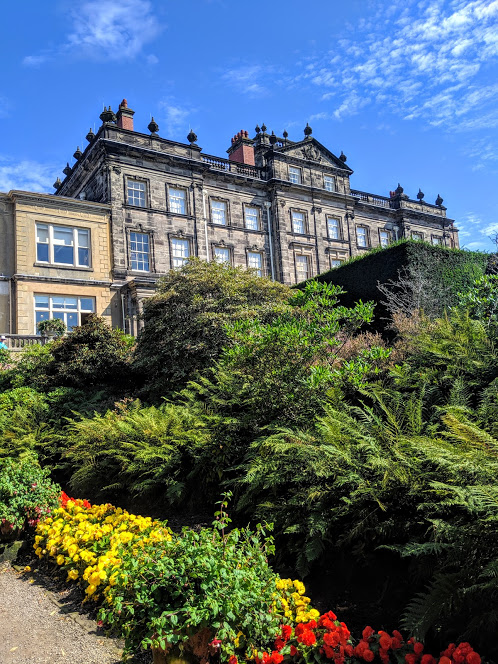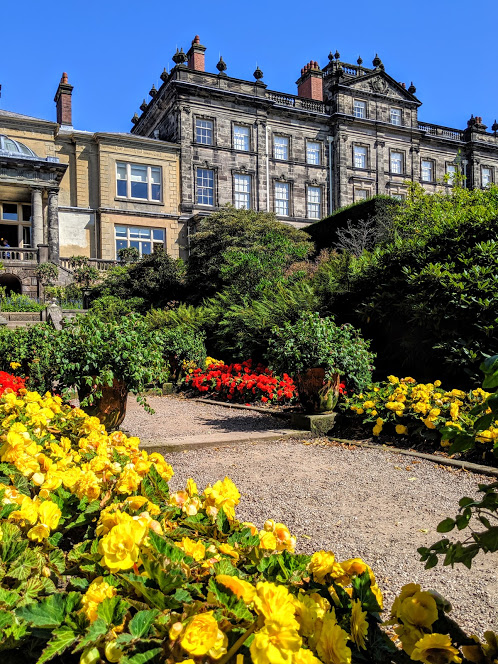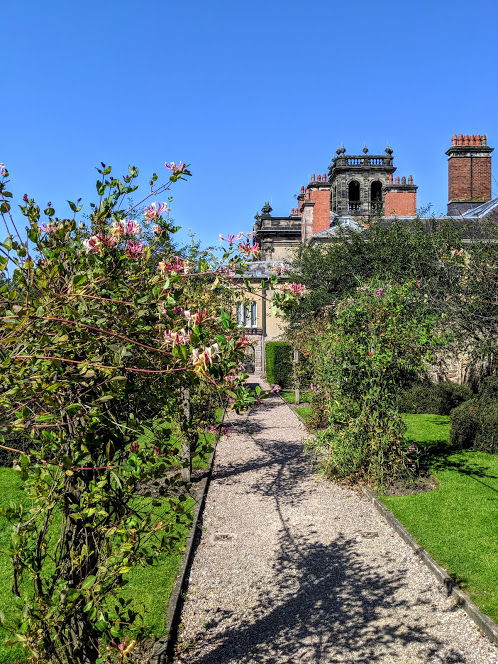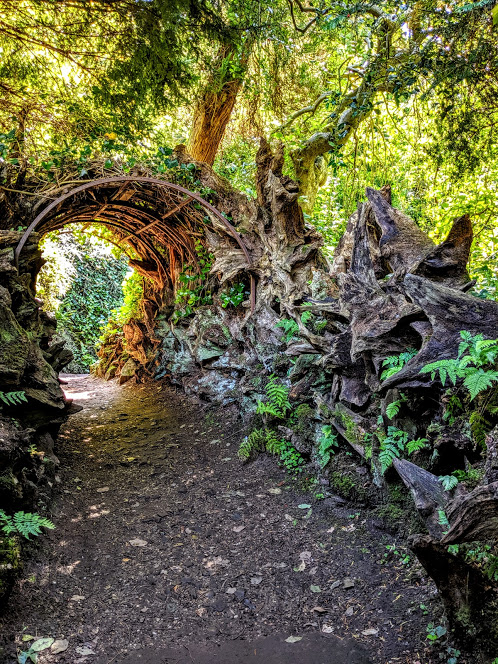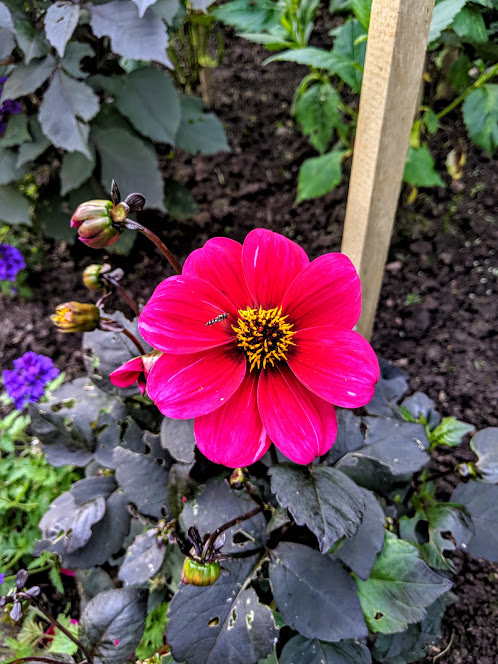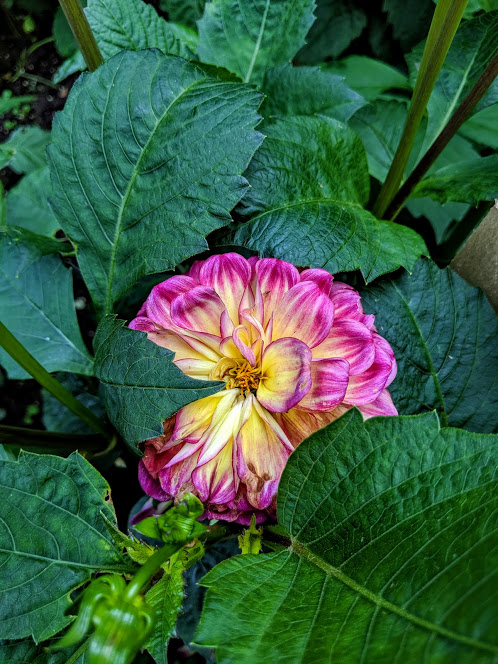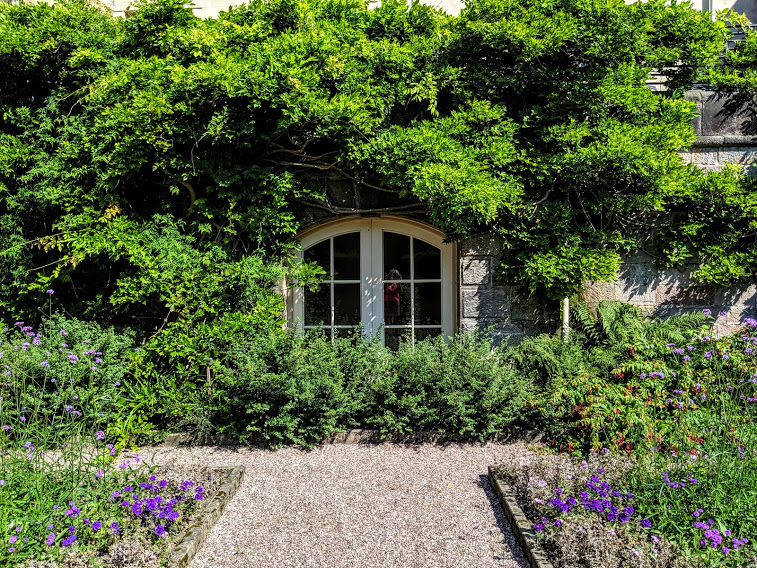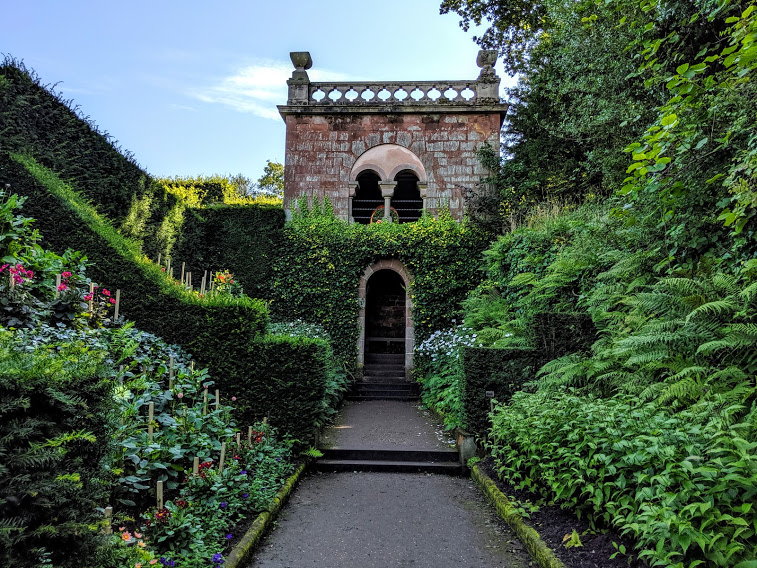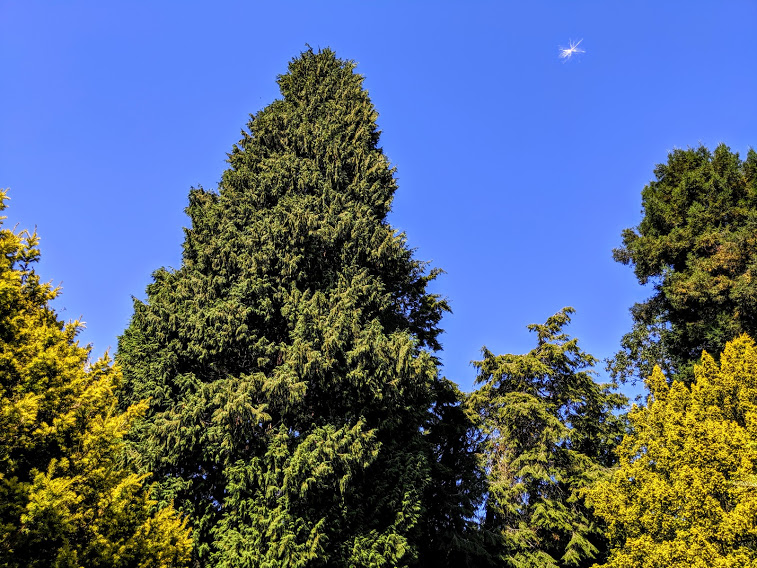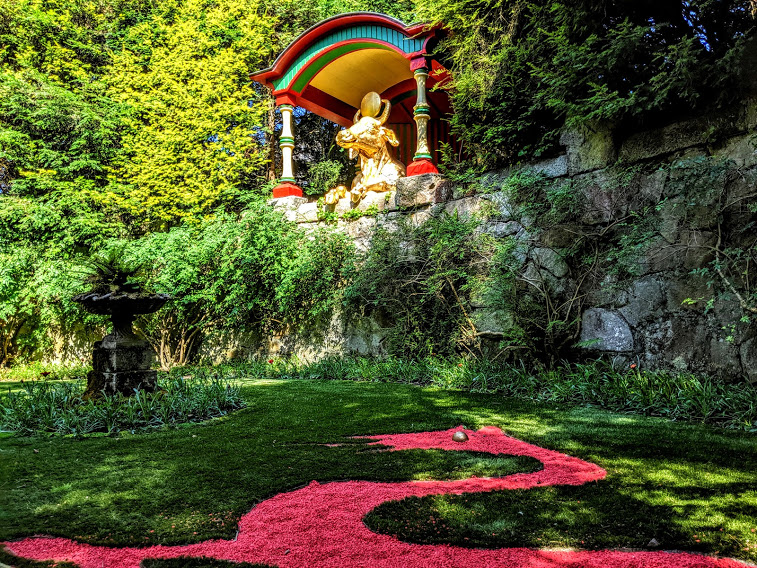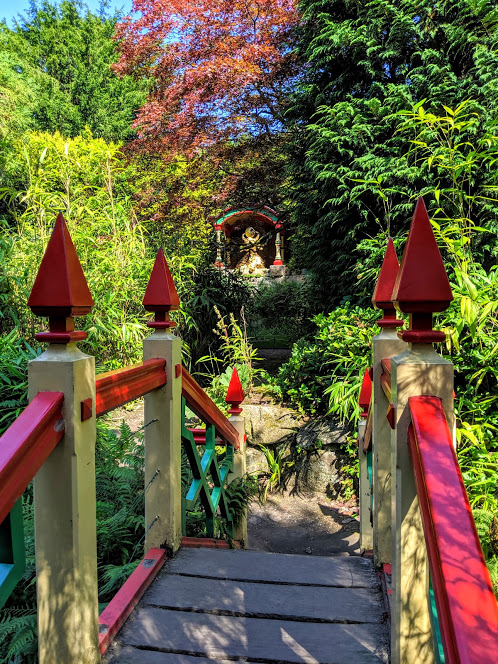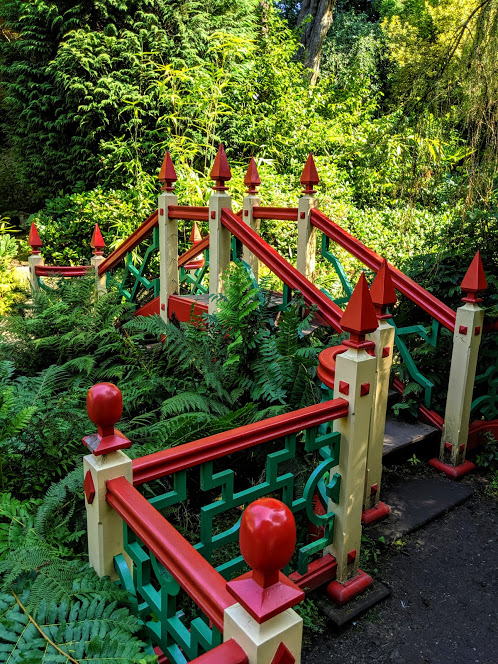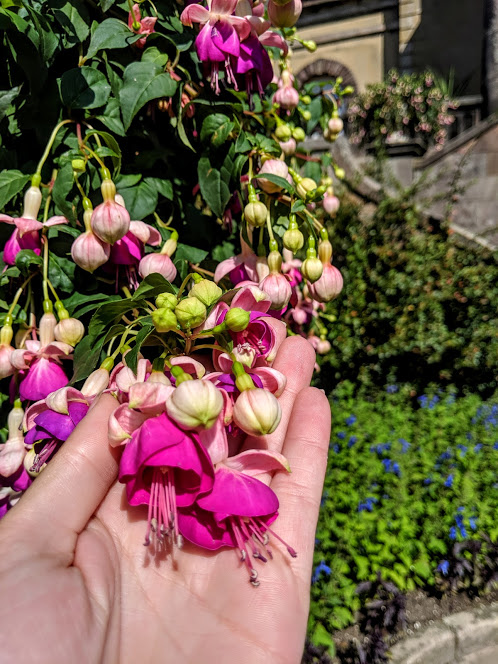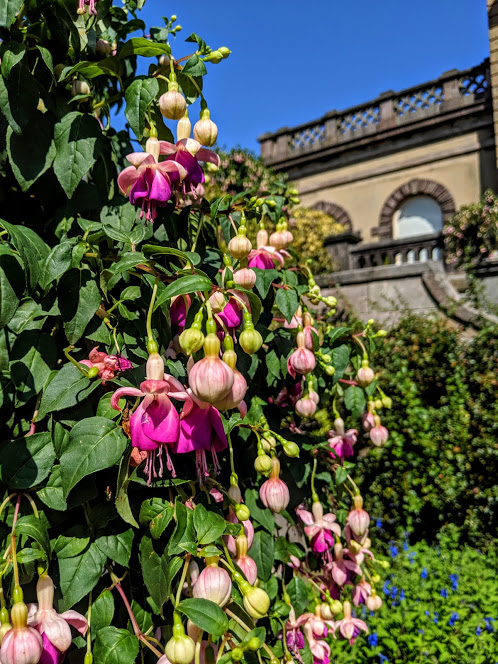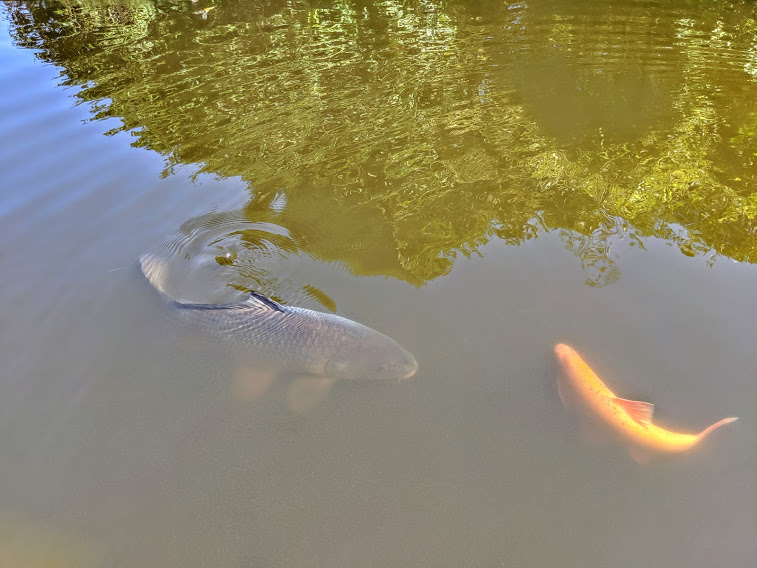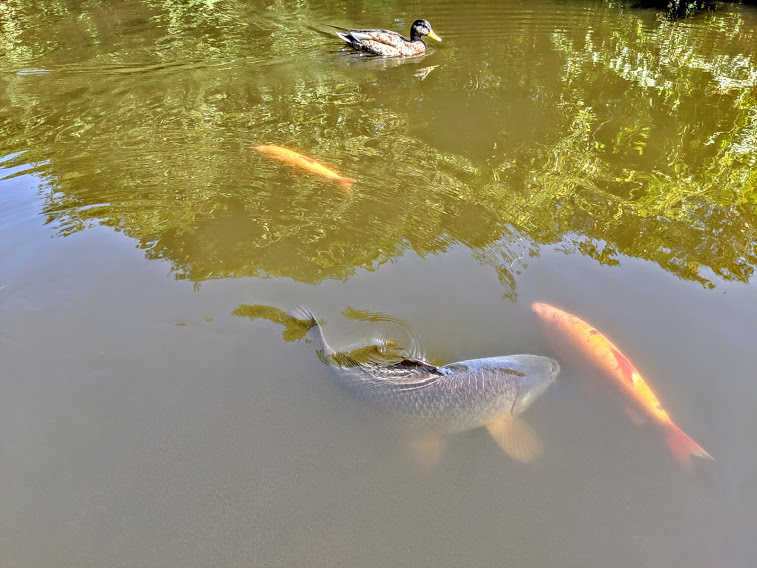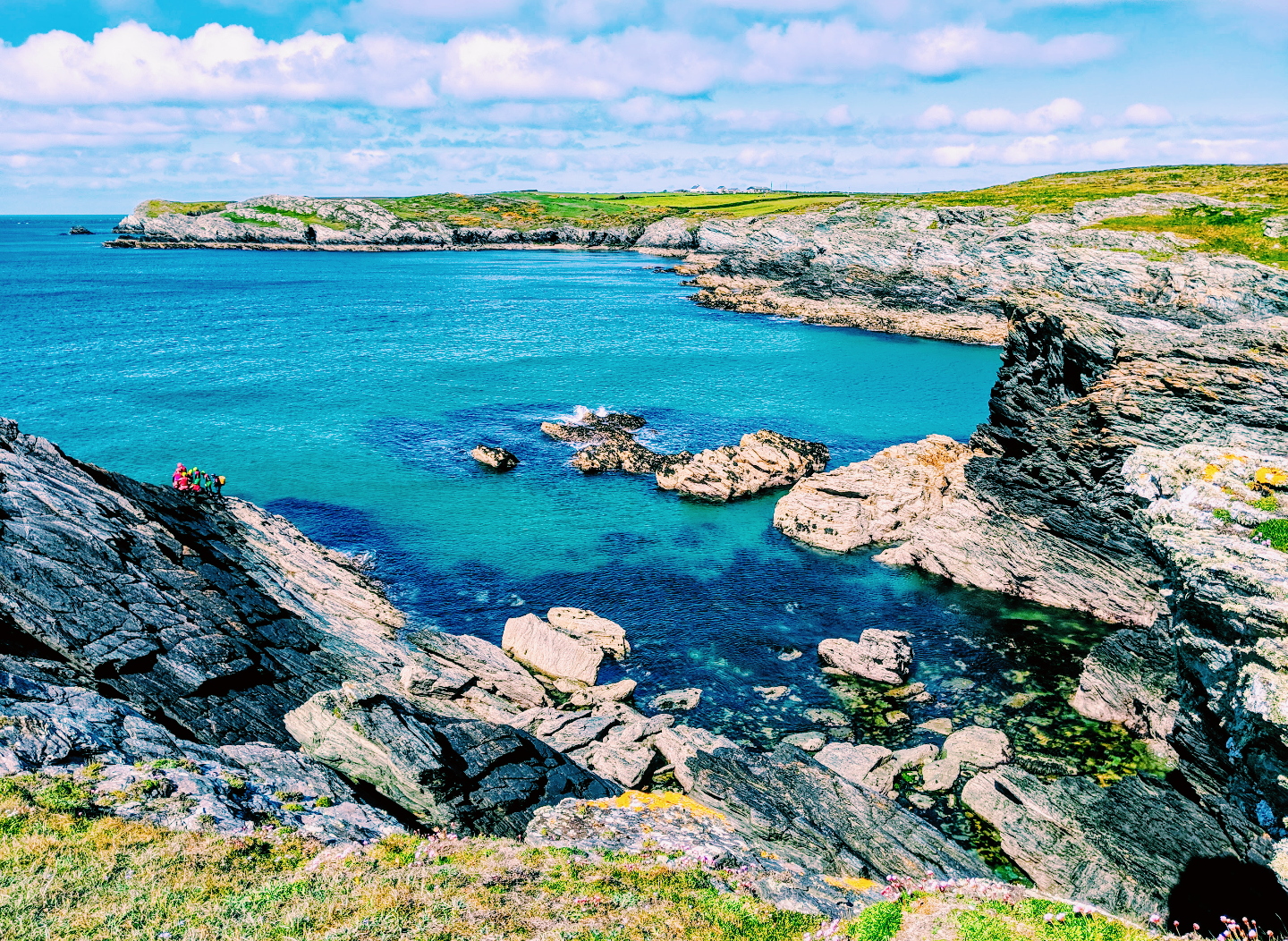“You’ve got to be one that, wherever you are, like a flower, you’ve got to blossom where you’re planted. You cannot eliminate darkness. You cannot banish it by cursing darkness. The only way to get rid of darkness is light and to be the light yourself.” Cory Booker
I have never been the girl who wanted the latest clothes, make up, beauty products nor the person who had to have the biggest house or a fancy car. I am the woman who wanted to collect memories who wants to be a old lady sat in a rocking chair telling stories about all the adventures I had in my youth. My twenties were spent traveling and parting and making memories ( some that are amazing, some that are shocking and some I try desperately to forget ). Now I am in my thirties I still feel the same but the stories are less shocking and so far there have been none I want to forget.
A couple of weeks ago I spent the day exploring Biddulph gardens in Staffordshire, if you weren’t already aware I am a massive history geek and a proud National Trust member. “The garden was the vision of one man, James Bateman who, from 1841, spent more than twenty years collecting plants from all over the world. Bateman didn’t go on many of the expeditions himself, instead he employed plant hunters who sent the specimens back to him by sea. The plants and trees were brought together at Biddulph amid rockwork, topiary, tree-stumps and an extraordinary collection of eclectic garden buildings designed by Bateman and Edward Cooke. ” *From National Trust website
Bateman was wealthy enough to indulge his taste for horticulture because his father had made a fortune in steel and coal. The gardens were a joint project with his friend, artist Edward Cooke. The association with Cooke was rather convenient, as his father owned one of the largest plant nurseries in England. The unique feature at Biddulph is how each area of the garden is hidden from the others by making use of rock piles and shrubbery, creating isolated pockets of garden on individual themes.
James Bateman and his wife Maria purchased specimen plants from some of the great Victorian plant-hunters, and set about designing a garden to showcase their wide-ranging collections. One of the specimens they collected was a golden larch, brought from China in the 1850s and thought to be the oldest golden larch in England.
“All in all, it was a never to be forgotten summer — one of those summers which come seldom into any life, but leave a rich heritage of beautiful memories in their going — one of those summers which, in a fortunate combination of delightful weather, delightful friends and delightful doing, come as near to perfection as anything can come in this world.” —L.M. Montgomery, Anne’s House of Dreams
The Batemans were especially interested in orchids, azaleas, and rhododendrons. The Bateman interest in the natural world was handed down to future generations. One of James and Maria’s sons was artist Robert Bateman, who spent his childhood at Biddulph.
The gardens at Biddulph are a bridge connecting the landscape gardens popularised by Capability Brown, and the High Victorian formal style. The garden is divided into themed areas, including a Chinese garden area, Egyptian Garden, and Italian Garden areas. Other notable features include a lime avenue, a pinetum and arboretum, a Himalayan Glen garden, formal parterres, a cherry orchard, and a Cheshire cottage garden.
The house itself burned down in 1896 and was rebuilt by Robert Heath. The Batemans were long gone by that point; they had spent the family fortune and had to move to London. The house served as a children’s hospital, and the gardens were allowed to decay and become overgrown. The National Trust took over the property in 1988 and have restored the gardens to their Victorian splendour.
“Those who contemplate the beauty of the earth find reserves of strength that will endure as long as life lasts. … There is something infinitely healing in the repeated refrains of nature — the assurance that dawn comes after night, and spring after winter.”—Rachel Carson, Silent Spring

